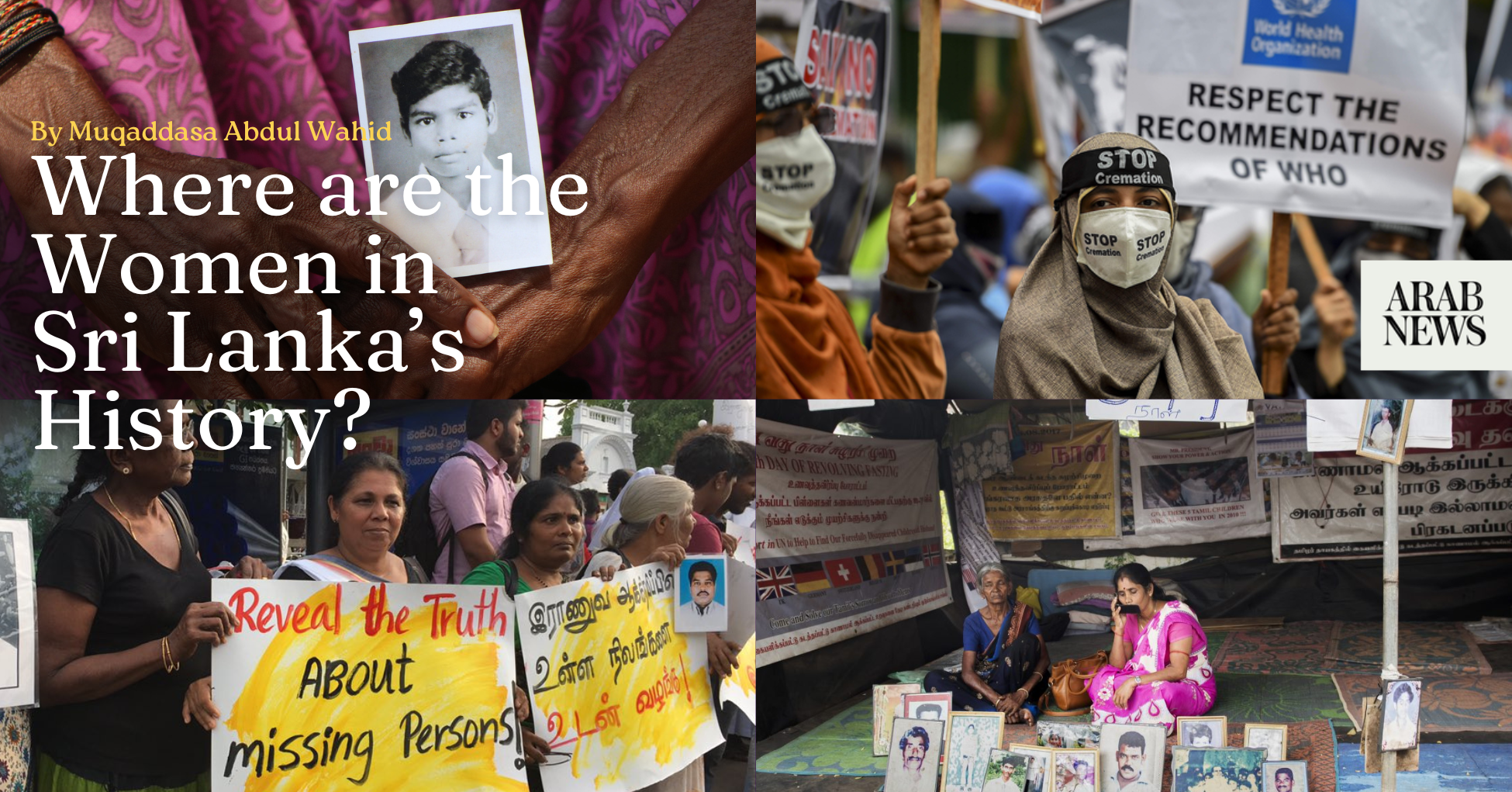Walking through the National Museum in Colombo was akin to walking through the chapters of the history books that were taught at school. The start off at the Paleolithic era, then walking through the periods of various kingdoms, the leisurely stroll through colonial periods and then the walk coming to a sudden halt as we approach the year of independence, with almost nothing to mark the post-colonial history. We were lucky enough to visit after Netherlands’ recent return of the artefacts taken from Sri Lanka under the Dutch colonization, because those artefacts tell a story of Sri Lanka’s post-colonial history. Not only was there a glaring lack of material to denote Sri Lanka’s modern history, there was also a notable absence of representation of Sri Lanka’s rich ethnic diversity as well. Just as similar as the history books, there was almost little to no representation of females in Sri Lanka’s history.
Dr Shamara Wettimuny, historian and founder of Itihas, who guided us through the walk at the museum, shared with us how women’s presence in the country’s history books was limited to either being a victim or being an aristocrat. In recent history, two women political leaders we often hear about— Sirimavo Bandaranaike and Chandrika Bandaranaike Kumarathunga, both hail from an aristocratic family. Other women such as the many wives, daughters, mothers and sisters who’ve collectively set up the Mothers’ Front — to seek justice for their disappeared loved ones — seem to have zero recognition in our school history, books or in the National Museum.
We had the chance to visit the National Museum of Colombo with Dr. Shamara Wettimuny and our writers for Write for Justice!
— Sisterhood Initiative (@SisterhoodInLK) December 20, 2023
Museums remain important institutions in preserving our history, but we must question the colonial and supremacist architectures they continue to uphold. pic.twitter.com/RKBWVkkimD
The portrayal of women in Sri Lankan history, as either victims of war/colonization or ignoring their contribution towards any historical period, results in an assumption that Sri Lankan women did not contribute or weren’t affected in any manner during the course of Sri Lanka’s history. This not only completely devalues the struggles faced by the women and their efforts, but also fails to acknowledge the trauma faced by the women. It was during Sri Lanka’s post-colonial history that the island’s feminist researchers managed to produce work acknowledging the efforts, trauma and lived- experiences of women through the youth insurrection in 1971 and the late 1980s, the war and economic crisis. It was during that period that the earliest feminist organisations were established in the country. It was this period which shifted the narrative of how women were seen in Sri Lanka’s history; from victims – ‘spoils of war’ to being community leaders and voices against injustice.
However, despite this shift in public narrative— the history books and the museums have remained stubbornly the same. Why? While there may be a lack of historical documentation on women’s experiences in the pre-colonial and colonial history of Sri Lanka, there is documentation available in the post-colonial history. Therefore, it is left to be seen whether women’s voices will be included in the Museum or whether women will be forgotten yet again.
By Muqaddasa Abdul Wahid
